Monthly newsletter focusing on how light-based technologies are being used in the life sciences. Includes news, features and product developments in lasers, imaging, optics, spectroscopy, microscopy, lighting and more. Manage your Photonics Media membership at Photonics.com/subscribe.
|
|
|
|
sponsor
|

|
|
Lensless Cameras May Offer Detailed Imaging of Neural Circuitry
Understanding brain function at the scale of individual neurons could open the door for advanced understanding of animal and human behavior and the mechanisms of neurological disorders such as Alzheimer’s. But the size scale of neurons and their extremely large numbers create an extreme imaging challenge. New architecture could enable simultaneous monitoring of millions of neurons in 3D space at frame rates limited only by image sensor read times.
|
|
|
|
|
|
AO-LLSM Microscope Achieves Aberration-Free Imaging
Scientists have combined lattice light-sheet microscopy (LLSM) with adaptive optics (AO) to capture high-resolution 3D movies of cells deep within living systems. The AO-LLSM microscope enables cells to be viewed in their native multicellular environments, under as gentle illumination as possible, with minimal external perturbation. The microscope could create new opportunities to study the diversity of intracellular dynamics, extracellular communication, and collective cell behavior across different cell types, organisms, and developmental stages.
|
|
|
|
|
|
Fluorescence Microscopy Unravels Morphogenesis, Function of Lymph System
The lymphatic system is an underinvestigated part of the vascular system. A team led by Friedemann Kiefer at the European Institute for Molecular Imaging (EIMI) at the University of Münster in Germany is aiming to change that in ongoing studies of the formation and function of lymphatic vessels in lab mice. The researchers use an arsenal of fluorescent microscopy techniques to probe these vessels and unravel the genetic control of formation, function, and repair.
|
|
|
|
|
|
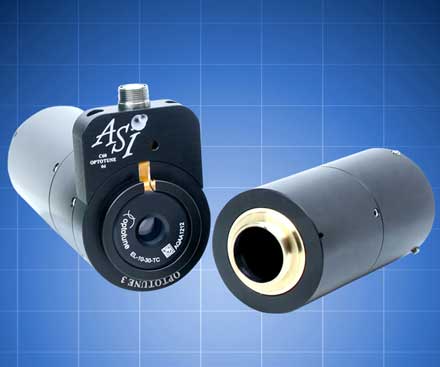 Tunable Lens Focus Device
Tunable Lens Focus Device
Applied Scientific Instrumentation Inc.
Our Tunable Lens system consists of the C60-TUNELENS- 4F assembly along with the TGTLC card of the TG1000 controller. The system lets user remotely control the focus of the system without moving the objective. C-Mounts are used to mount the C60 Tunable 4F assembly to the imaging camera and to the microscope’s photo port.
Visit Website
Request Info
|
|
|
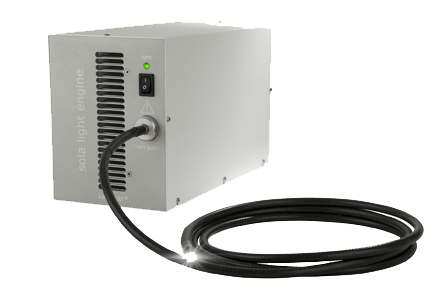 It Just Keeps Getting Better....
It Just Keeps Getting Better....
Lumencor Inc.
Lumencor’s new SOLA SE nIR Light Engine with added Cy7 excitation.
- Breadth: UV + visible + nIR light: 350–760 nm
- Brightness: ~ 4.0 W optical output
- Control: Light on/off and graduated intensities
- Ease: No maintenance, no consumables, mercury–free
Visit Website
Request Info
|
|
|
|
|
|
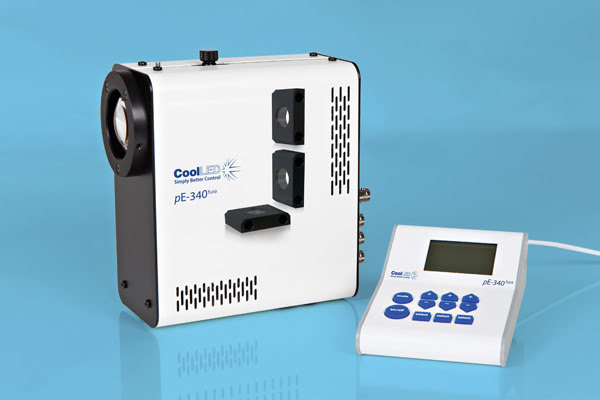 LED Illumination for Fura-2 Calcium Imaging
LED Illumination for Fura-2 Calcium Imaging
CoolLED Ltd.
Through partnership with The University of Strathclyde, CoolLED announces the latest leap forward in LED illumination for microscopy – the pE-340fura. The pE-340fura is a bespoke LED illuminator for Fura-2 imaging which also supports everyday fluorescence microscopy in a compact, affordable package.
Visit Website
Request Info
|
|
|
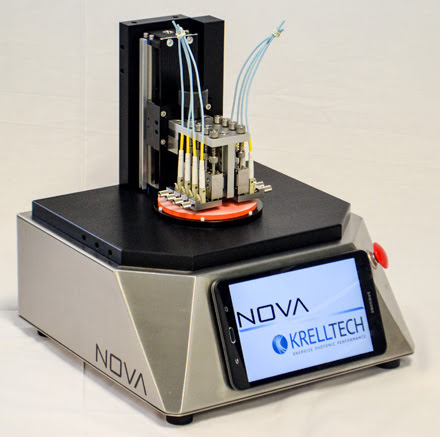 The Ultimate Polisher for Biophotonics
The Ultimate Polisher for Biophotonics
KrellTech
NOVA™ is multi-configurable, supporting a variety of biophotonic polishing applications from connectors to endoscopes, OCT bare fibers to image bundles, as well as custom components. NOVA™ is scalable for R&D projects, high volume production, and field maintenance.
Visit Website
Request Info
|
|
|
|
|
|
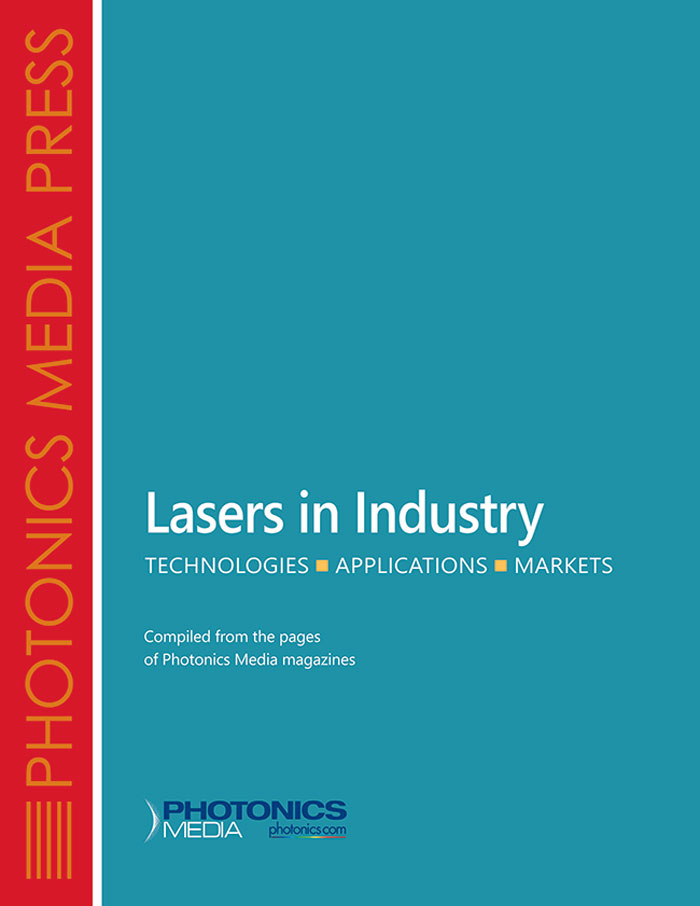 Lasers in Industry
Lasers in Industry
Photonics Media
Photonics Media has gathered articles and other valuable resources into a guide to the current use of lasers in industry, a reference tool and a resource for learning. This book is for anyone working on, implementing or considering the application of lasers for and in industrial settings.
Visit Website
Request Info
|
|
|
|
|
|
Superresolution Microscopy Method Could Enhance DNA Nanostructure Design
A method of superresolution microscopy, called DNA-PAINT, allows all of the strands within DNA-based nanostructures to be visualized individually, with a high degree of spatial resolution. The technique can quantify both incorporation and accessibility of all individual strands in DNA origami with molecular resolution.
|
|
|
|
|
|
A stereolithography-based bioprinting platform for building therapeutic biomaterials from multiple materials could help advance on-demand printing of artificial tissues for regenerative medicine.
|
|
|
|
Researchers have devised design principles for building silicon-based interfaces for light-induced biological processes that do not use genetic modification. The design principles quantify and differentiate the capacitive, Faradaic, and thermal outputs from about 30 different silicon materials in saline.
|
|
|
|
|
|
 |
|
Emerging Organ Models and Organ Printing for Regenerative Medicine
Mon, Oct 1, 2018 1:00 PM - 2:00 PM EDT
You will learn about the development and use of hydrogels to regulate cell behavior and the use of microfabrication methods, such as microfluidics, photolithography, bioprinting, and molding to regulate the architecture of materials used to generate miniaturized tissues. The presenter will discuss directed assembly techniques developed by his lab to compile small tissue modules into larger constructs in order to create tissue complexity. The webinar will conclude with a look at how current work in the area of organ modeling and bioprinting could lead to the development of next-generation regenerative therapeutics and biomedical devices.
|
|
|
|
|